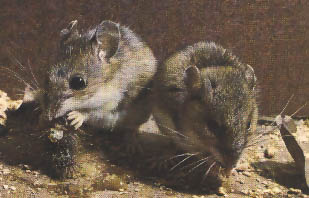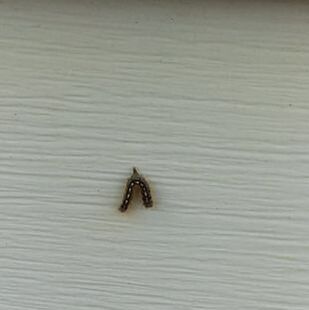|
The Nucleopolyhedrosis Virus Disease
This virus is always found in a gypsy moth population and spreads naturally when gypsy moth outbreaks occur due to the stress of competition for food and space. The caterpillars hang in an upside-down "V" shape from the trees if they are killed from this virus. Entomophaga maimaiga: The Fungus Disease This is a naturally occurring fungus that was introduced from Japan to combat gypsy moth populations. Cool, rainy weather in the spring promotes this fungus growth. Caterpillars hang head down from the trees and their bodies will appear dry, stiff, and bittle. The bodies eventually drop in the soil and the spores will return to the soil. |




